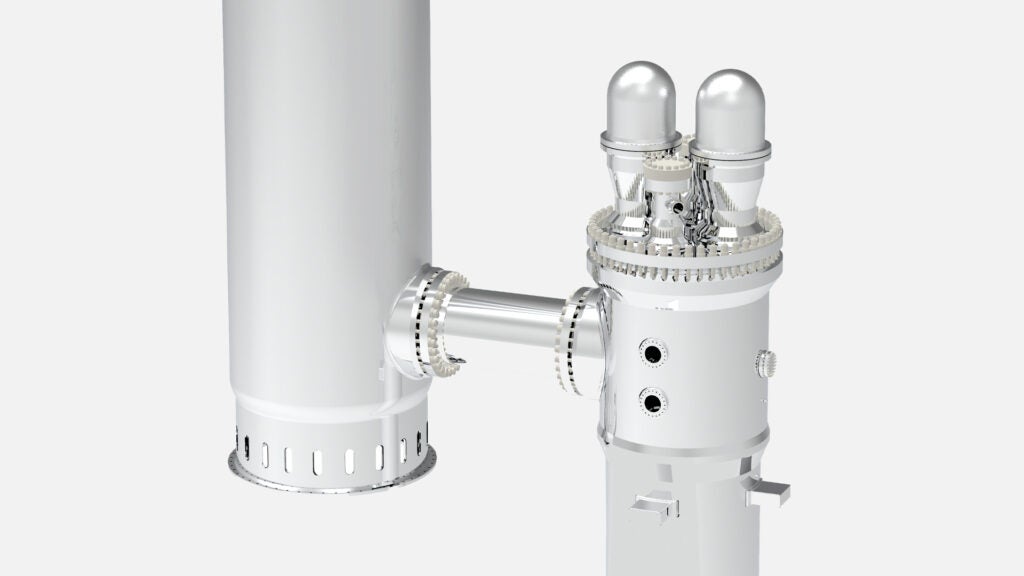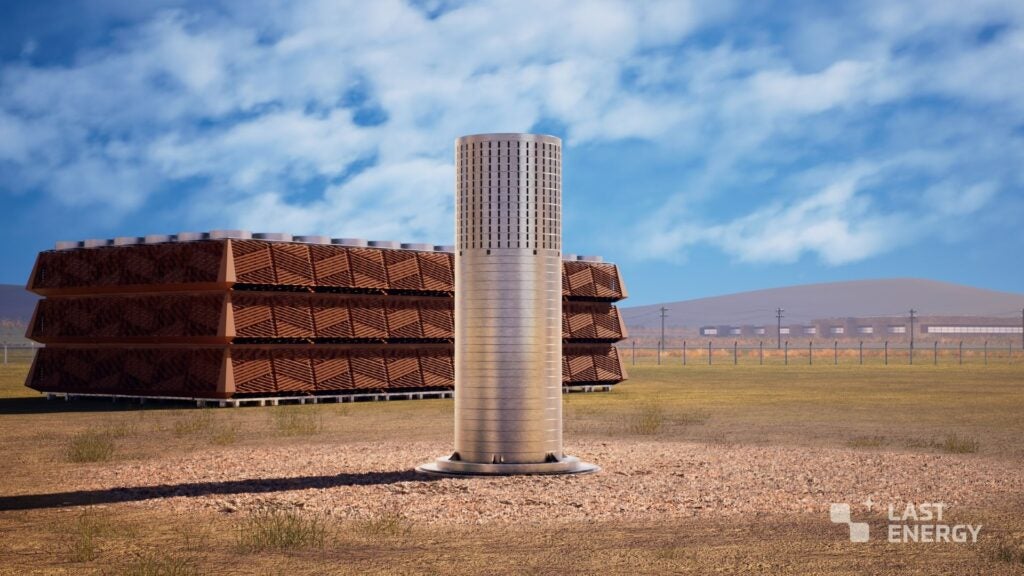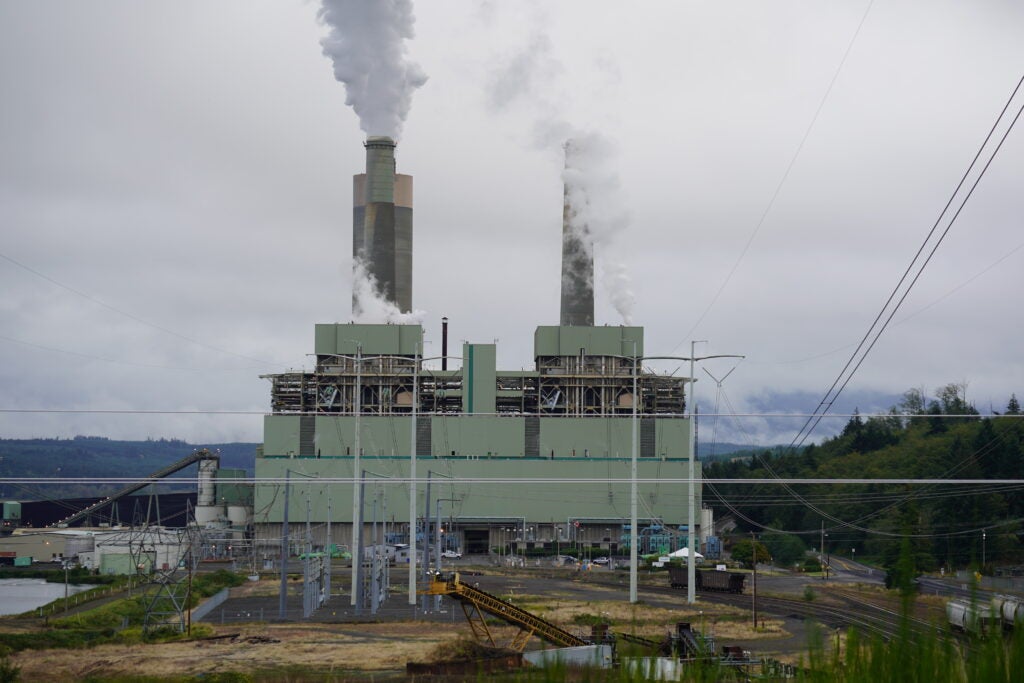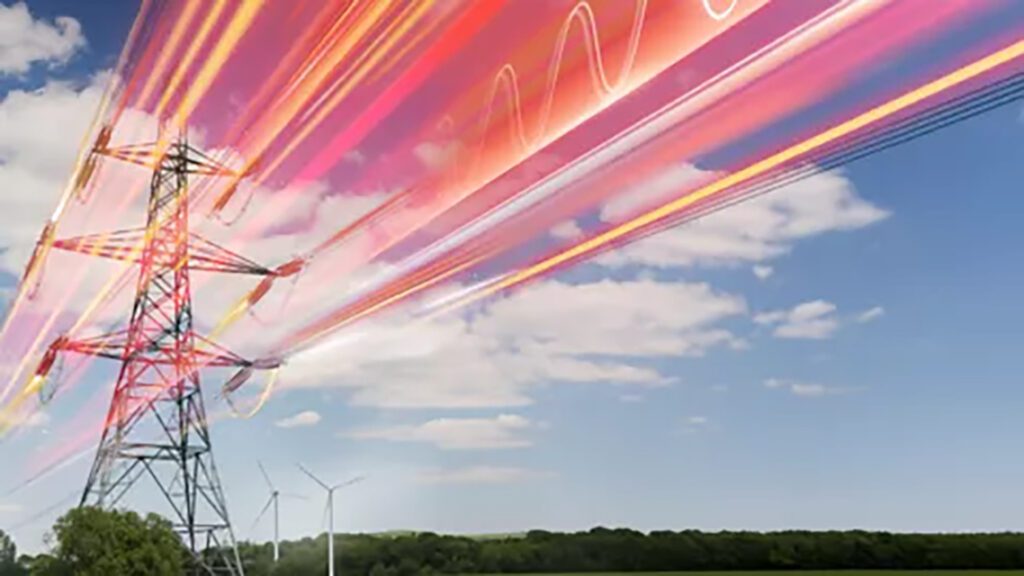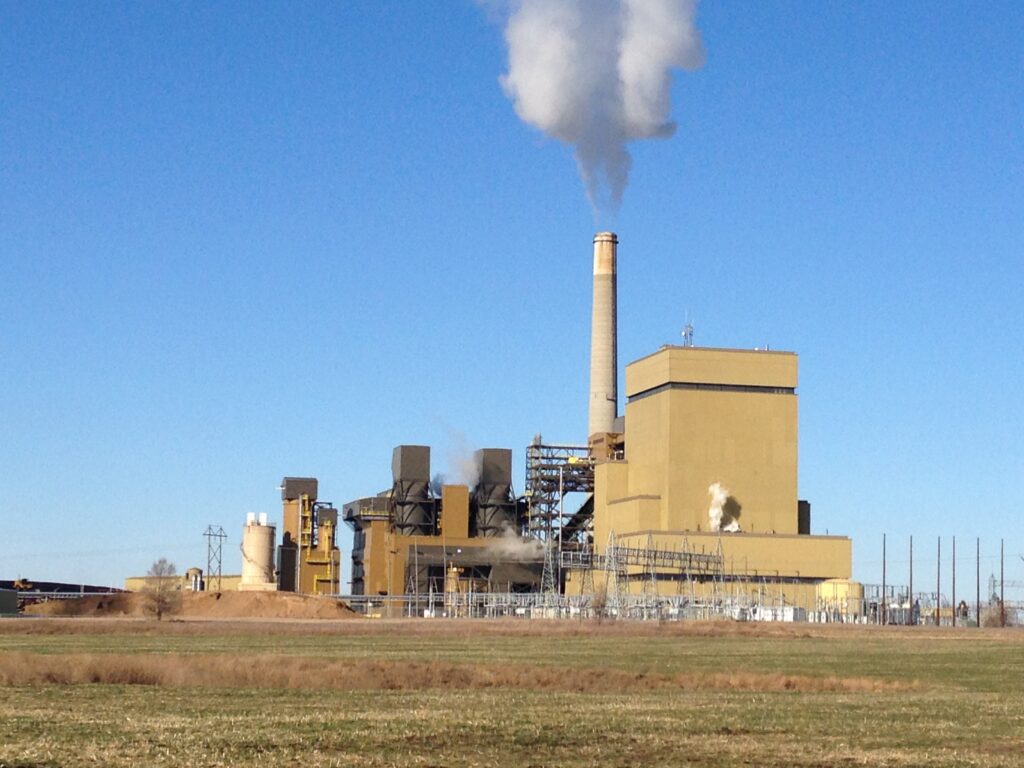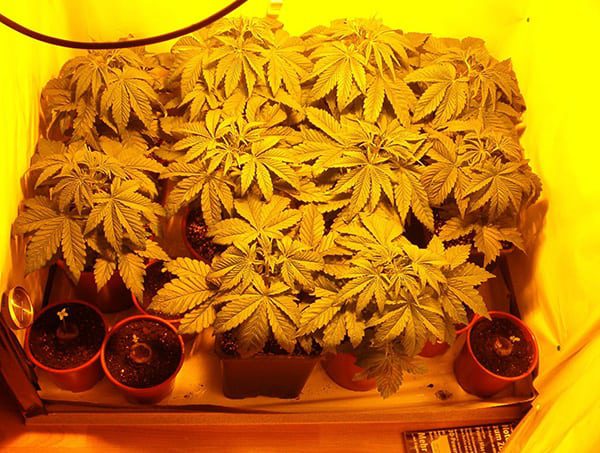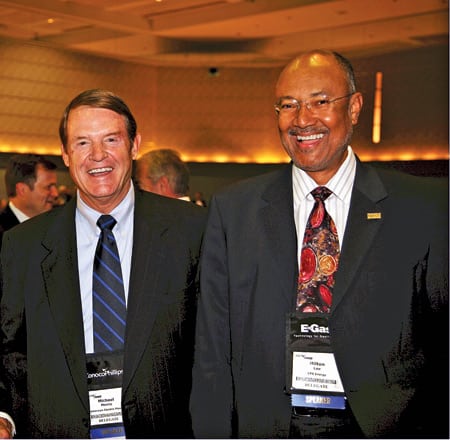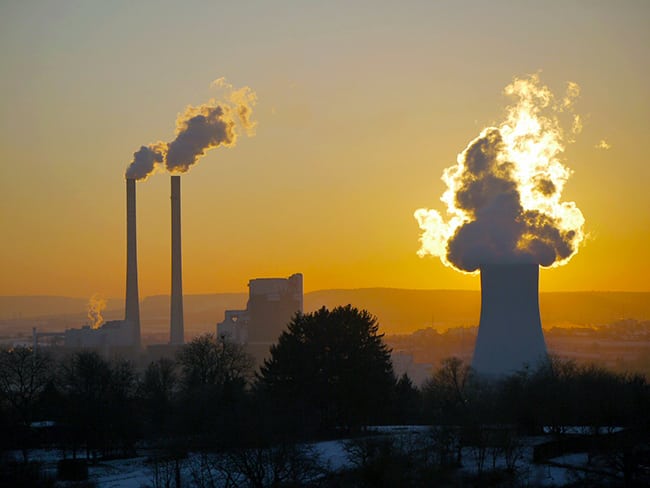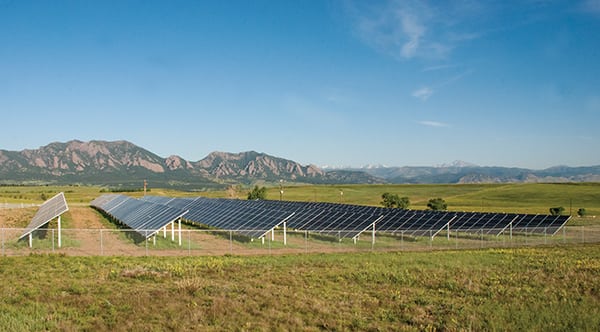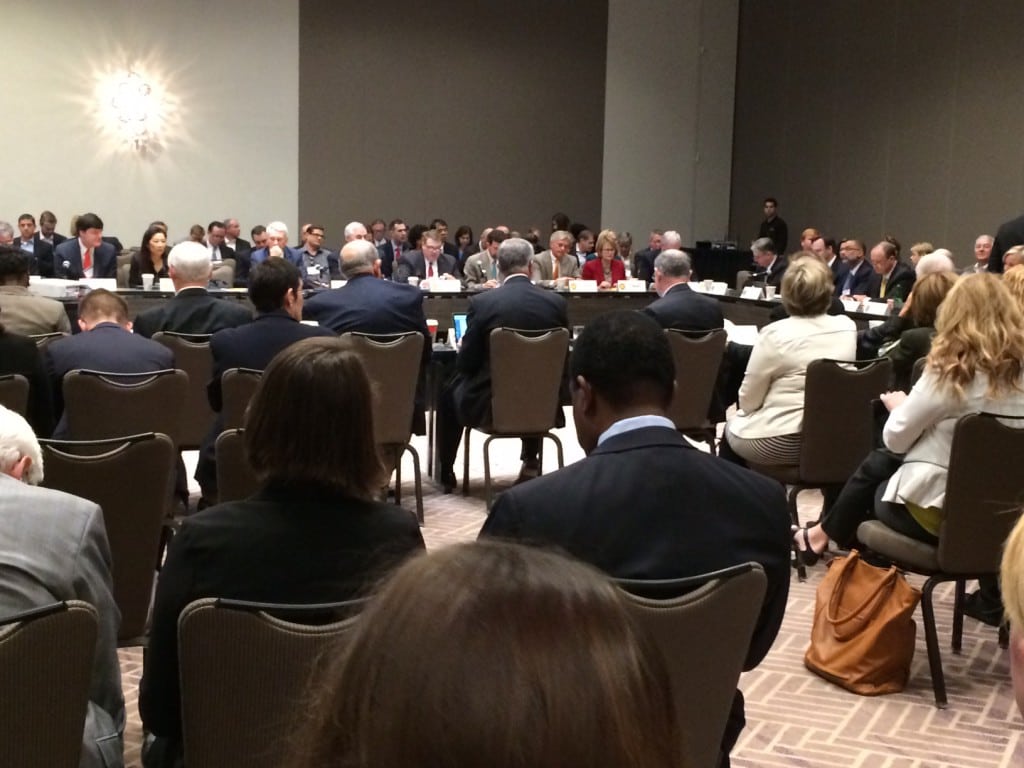The final session of the annual meeting of the National Association of Regulatory Utility Commissioners (NARUC) in Austin ended on Nov. 11 on a “high note,” as outgoing president and Florida Commissioner Lisa Edgar had promised, with a panel titled “The Straight Dope on Energy & the Marijuana Industry.”
The subtitle, “(Don’t laugh, it could be coming to your state soon!),” is important for those who might have a knee-jerk reaction against even discussing the effects of a growing industry (the session was stuffed with more than a nickel bag’s worth of intended and unintended puns).
By now, most Americans are aware that certain states and jurisdictions have legalized the use and sale of marijuana for medical and, in some cases, recreational use. Even though possession of the substance remains illegal at the federal level, states rights (outside of the District of Columbia, which has experienced special challenges in light of federal jurisdiction over much of the district) seem to be prevailing in the 20-plus jurisdictions where medical marijuana is legal and the four states (Washington, Oregon, Alaska, and Colorado) where recreational use is allowed.
So, what does pot have to do with power and the regulation of utilities? Panelists in the session pointed to a number of ways in which the cannabis industry is both similar to and different from other load-growth customers.
Pennsylvania Commissioner Pam Witmer moderated the session and began by comparing pot-growing operations to an indoor agricultural crop that’s common in her state: mushrooms. (Though she never explicitly clarified this point, it seems the audience assumed she was speaking of the grocery store variety of mushrooms rather than the illegal psychedelic types.) Pennsylvania has 70 family farms engaged in growing mushrooms, Witmer said. It’s a high-energy-use crop, consuming 150 million kWh per year.
And high-energy use of cannabis-growing operations is the primary factor of interest for electric utilities and those who regulate them. (Note that for the purposes of this session and this report, no attempt to distinguish between “marijuana” and “cannabis” was made, as the focus was on the impact of the weed on energy use, grid operations, and rate issues.)
The “joint panel” consisted of Willie Phillips, commissioner for the District of Columbia; Alice Jackson, vice president for rates and regulatory affairs, Xcel (which serves much of Colorado); and John C. Morris, policy and regulatory affairs director-west, CLEAResult, a firm that designs, markets, and implements energy efficiency programs for utilities and other customers.

As just one indication of how the legalization of marijuana is affecting other sectors, Phillips noted that, in D.C., developers are adding “grow closets” to new apartment buildings. (Later, Jackson noted that such closets also require proper ventilation to avoid the danger of combustion.)
Growing just four plants can use the same energy as 29 (some sources say 24) refrigerators running around the clock, Phillips said. If the industry continues to grow, it’s on track to be a $35 billion/year industry, he said, and one-third of that total is related to energy. That represents significant load growth and revenue growth for electric utilities. In this era of flat growth, this new industry can be a welcome—if odd and unsettling—customer.
Xcel’s Jackson spoke to some of the conundrums posed for utilities, starting with employee use of a substance that is legal at the state level but illegal at the federal level and that is not approved under company policy. As a safety matter, she said, if employees test positive for cannabis use, they can be let go, as Xcel has “zero tolerance” for substance abuse.
Another thorny issue is whether energy efficiency funds should be made available to growers. Xcel’s position is that as long as they are paying into the funds, they should have access to the rebates and subsidies Xcel makes available, Jackson said.
The utility has seen significant load growth in its Colorado territory from cannabis growth: over 300 GWh/year. And then there’s the $48.5 million tax revenue year to date from state taxes on the entire cannabis industry.
For those who might wish to banish all thoughts of the industry and the issues it raises, CLEAResult’s Morris said, “This is real. It’s happening.” Even in states with just medical marijuana legalization, it’s an issue. And even restrictions on the number of plants that can be grown doesn’t make energy use a trivial matter. He shared an anecdote about a grower who was only allowed to grow a limited number of plants, but he decided to grow them as large as possible. Growing the leafy “trees” required much more depth of light penetration than energy-efficient LED lights provided, so he used metal-halide lamps, added fans below the trees to prevent burns, and was giving himself a deep tan in the process.
The concentrated added load from grow operations can require grid upgrades. Some jurisdictions, Phillips noted, have added a surcharge fee to cover such costs, but, he cautioned, there’s a counter-argument: If you regulate this industry too much, you could force it back underground again (without, of course, solving the energy consumption and grid issues).
Jackson noted that the utility often has to double up on transformers to supply grow warehouses. Morris mentioned that one small utility in the Northwest has growing operations on a time-of-use rate and requires customers to pay up front for transformer upgrades. Xcel has a similar policy for requiring up-front payment for infrastructure upgrades.
Phillips suggested that one way for utilities and regulators to get their heads around the issues and prepare for changes ahead is to think of the situation as somewhat similar to anticipating growth in plug-in electric vehicles (although those vehicles do not require constant grid energy). As a regulator, Phillips said, you should view the industry as an opportunity. You can be reactionary or do what’s fair to help growers and meet carbon reduction goals, he suggested.
Morris noted that the state of Oregon is exploring a program to encourage greater energy efficiency that’s almost a “LEED for weed” program. (LEED, or Leadership in Energy Efficiency and Environmental Design, is the energy efficiency certification program for buildings.)
Commissioner Witmer closed the session by reminding attendees that this is “an issue that’s growing,” which garnered the by-then-predictable groans.
—Gail Reitenbach, PhD, editor (@GailReit, @POWERmagazine)


